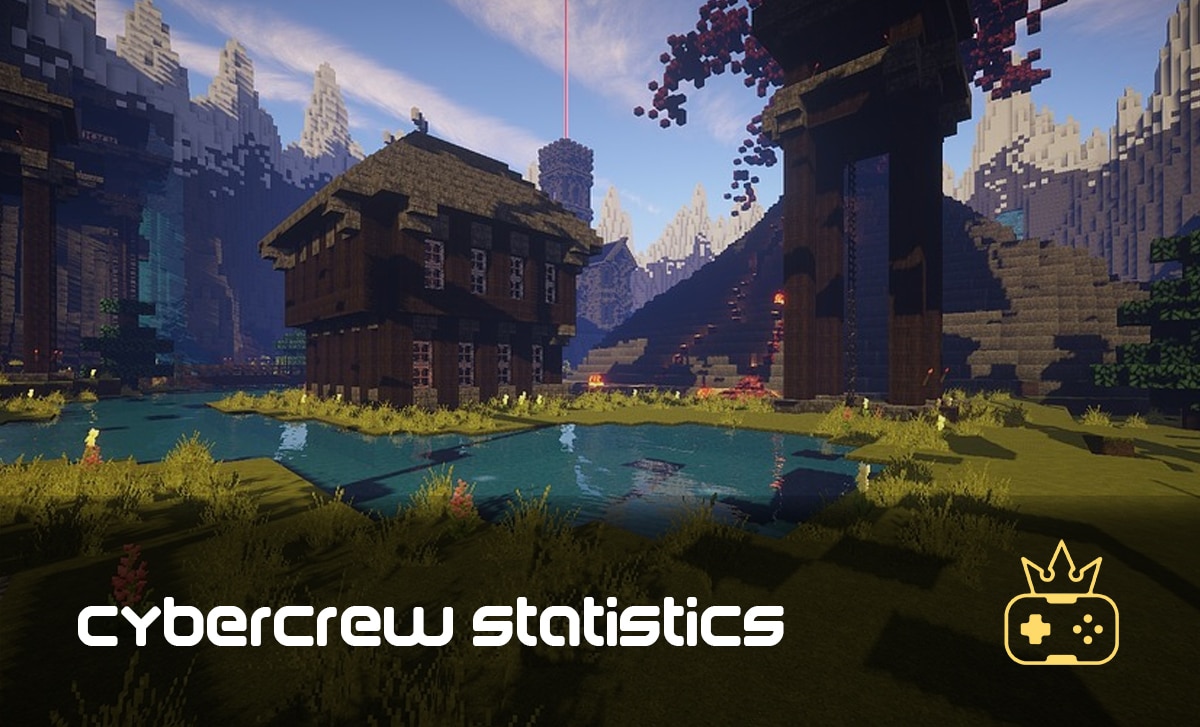3D Printing Statistics for 2024
Last Updated: February 9, 2024
Over the last decade, 3D printing has been gaining in popularity. 3D printers are now available for personal use almost all over the world. As a result, technology has revolutionised not only industrial production but also small-scale projects.
Even though it may seem like 3D printing is a recent invention, that’s not true. 3D printing has been around for a long time, and the earliest known such machine was patented in the 1970s. Since then, 3D printing technology has constantly evolved to reach the stage that we know today.
Here are a few 3D printing statistics to help you understand the industry better and gain a more accurate perspective.
Fascinating 3D Printing Facts
- The UK’s 3D printing industry is expected to grow at a CAGR (compound annual growth rate) of 10%.
- The UK is the fifth highest country in the world in terms of adoption.
- 3D printing was most widely used for proof of concept and prototyping.
- Most companies believe quicker part delivery is the most significant benefit of 3D printing.
- 72% of all prototyping needs in the aerospace industry are met by 3D printing.
- 55% of manufacturers said they preferred 3D printing due to lower costs.
- As of 2021, 3D printing comprises around 0.1% of the global manufacturing market.
- In 2019, the global 3D printing market was worth over $10 billion.
- In 2019, the 3D printing materials market was valued at $1.5 billion.
- 82% of 3D printing is done using plastics as the printing material.
3D Printing Stats
The UK’s 3D printing industry is expected to grow at a CAGR of 10% between 2021 and 2026
The 3D printing industry has been consistently growing. As a result, the UK government has been tailoring its policies to allow growth in the industry. Other favourable factors include rising investments, greater adoption of 3D printing technology in industrial manufacturing, technological advancements, and so on.
The 3D printing market is increasingly being seen as a way for the UK to grow its economy in the wake of Brexit. The government aims to increase the country’s market share to 8% from 5%.
The UK is the fifth highest country in the world regarding the adoption of 3D printing technology
The UK is behind countries like the United States, China, Germany, and Japan. In Europe, the UK is in second place next to only Germany. As mentioned earlier, the country has been rapidly investing in this technology, causing it to become one of the foremost destinations for 3D printing in the world. Manufacturers in the UK are quickly adapting to the technology to remain competitive.
The UK is third in the world in terms of how quickly it is expanding its 3D printing domestic market
Only Italy and South Korea are progressing faster than the UK. The main reason behind Italy’s rapid expansion is that the Italian government offers a tax break of around 300% for any investments made in the sector.
Although this technology is still in its early days in the UK, the market is still more mature than in the rest of Europe. Namely, some barriers that the country faces are lack of understanding of the technology by Government officials and lack of specialists with expertise in 3D printing technology.
Application of 3D Printing Technology
In 2019, 3D printing was most widely used for proof of concept and prototyping
This technology is currently most used at the conceptualisation stage of product manufacturing. Since the technology is highly accessible, it is easy to use it while a product is still in the nascent stage of development. Furthermore, 3D printing does not require access to industrial-grade machinery or expertise.
Between 2018 and 2019, the number of manufacturers using 3D printing technology for industrial-scale production has doubled
In 2019, the number of manufacturers who stated that they used 3D printing technology for their manufacturing was 40%. That shows the massive adoption of 3D printing technology worldwide and its numerous applications. In addition, the technology is flexible enough to manufacture an extensive range of goods and products.
72% of all prototyping needs in the aerospace and defence industry is met by 3D printing
3D printing is widely used in the aerospace and defence industry. A survey found that the technology found the highest application in prototyping, followed by research and development (44%), repair (43%), and the production of parts (39%).
This statistic shows the variety of applications that 3D printing can have. The applications are not limited to the development stage only but can be used as industrial parts as well.
Benefits and Challenges
66% of companies stated that the most significant benefit of 3D printing was faster part delivery
There is a wide range of benefits to the use of 3D printing. However, the technology is still advancing, and its benefits are only likely to increase. Manufacturers are using this technology since it provides faster production of parts when compared to traditional machines. The speed is likely attributed to the fact that 3D printers are digitised instead of purely mechanical.
61% of companies stated that customising parts was their reason for using 3D printing
3D printing allows you to build completely customised parts. Each 3D printer is capable of producing parts according to the input received. That makes it much easier for companies to manufacture according to their exact needs every time. This is different from traditional manufacturing methods since new machines would need to be built or altered to change the type of parts manufactured.
55% of manufacturers said they preferred 3D printing due to lower costs
3D printing can be more cost-effective than traditional machines, or it can be more expensive depending on what is being manufactured. However, for a lot of companies, 3D printing offers a cheaper alternative to traditional manufacturing.
In 2021, 49% of manufacturers stated they did not use 3D printing since they did not have confidence in component reliability
Manufacturers do not trust 3D printing technology, posing a challenge for the adoption of the technology. The technology is still new, and its reliability is yet to be ascertained, especially when making critical parts. Other challenges faced by the technology include higher cost (53%), unavailability of materials (33%), and time constraints (27%).
State of the Industry
As of 2021, 3D printing comprised around 0.1% of the global manufacturing market
As discussed above, 3D printing is still primarily used for prototyping rather than industrial production. The industry faces several challenges that prevent the 3D printing space from dominating the manufacturing sector. Some of these factors include unavailability of specialists, lack of materials, and inability to cheaply produce at scale.
In 2019, the global 3D printing market was worth more than $10 billion
It took over 40 years for the 3D industry to cross the $10 billion mark. Moreover, as mentioned earlier, while the industry is still in its nascent stages, it is expected to grow at a quick clip of 10% CAGR.
Currently, the largest group of industry players involved in 3D printing are system manufacturers
According to a report by Ernst and Young, the 3D printing market is dominated by system manufacturers (consisting of 38%). That is followed by service providers, which constitute around 34% of the entire market. So it’s clear that solving manufacturing issues is the future of 3D printing technology.
Materials Used
In 2019, the 3D printing materials market was valued at $1.5 billion
3D printing requires input materials for manufacturing goods. With the growth of the 3D printing market, there has been a concurrent growth in the demand for such materials.
99% of company executives believe an open ecosystem is necessary to scale 3D printing in manufacturing
There has been a growing demand for an open ecosystem for 3D printing by manufacturing executives. The main issue standing before large-scale 3D printing manufacturing is that most vendors operate in a closed ecosystem which requires customers to use the vendor’s hardware, software, and materials. Competition would allow for more cost-effective production and less dependence in an open ecosystem.
82% of 3D printing is done using plastics as the printing material
The most commonly used material for 3D printing is plastic, followed by other materials, including carbon fibre (24%) and composites (20%). It is clear from the above statistic that the use of plastic in 3D printing is not going away anytime soon. However, that may harm the industry’s future prospects due to environmental sustainability concerns.
Wrap Up
3D printing is growing at a fast rate, and its use has only been growing in the UK. The UK remains one of the foremost destinations when it comes to 3D printing and its adoption. Policy-makers and manufacturers alike are coming to terms with the benefits of using 3D printing for manufacturing a wide range of products.
These 3D printing statistics prove that the industry is just getting started and has a long way to go.

![How to Sell on Depop in the UK [2024 Guide]](https://cybercrew.uk/wp-content/uploads/2023/06/Selling-on-Depop-UK.png)








